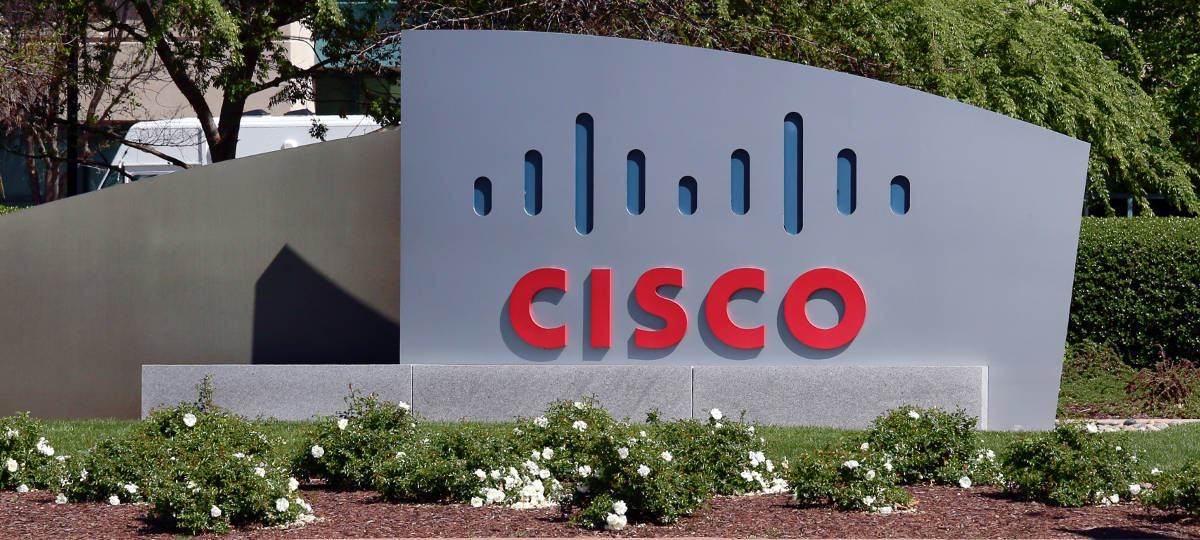McKinsey & Company has published a report according to which global payments revenues have been growing at rates in excess of expectations. “Once again, Asia—and China in particular—is the primary engine propelling the global numbers, but all regions, even those where revenues have recently been in decline, are contributing to the surge. Payments growth is currently a truly global phenomenon”, writes McKinsey & Company.
“Looking ahead, however, we expect global payments revenues will begin to reflect the flip side of Asia’s prominence as a growth driver. The expected macroeconomic slowdown in Asia–Pacific, in other words, is dampening expectations for payments growth overall. However, the turnaround in other markets will make up for some of this decline. We forecast that this rebalancing between emerging and developed markets will lead to tempered but still healthy revenue growth of 6 percent annually through 2019”.
According to McKinsey’s most recent research, in 2014, as in 2013, growth resulted primarily from volume rather than margin growth ($105 billion versus $30 billion). Liquidity-related revenues (those linked to outstanding transaction-account balances) were again the largest revenue-growth contributor (53 percent). But transaction-related revenues (those directly linked to payments transactions) climbed more strongly in Europe, the Middle East, and Africa (EMEA), as well as in North America, contributing more to revenues than they have in any year since 2008.
“We expect the contribution of transaction-related revenues to continue rising through 2019, growing at a compound annual growth rate (CAGR) of 7 percent (compared with 5 percent for liquidity revenues) and contributing more to global payments-revenue growth for the period ($360 billion compared with $220 billion). Weakening macroeconomic fundamentals, primarily in Asia–Pacific, will mostly affect worldwide liquidity revenues; transaction-related revenues, more driven by payments-specific trends and the ongoing migration of paper to digital, will continue to grow at historical rates. Further, the digital revolution in customer behavior and the intensifying competition will likely revive the ‘war on cash,’ giving further impetus to transaction-related revenues. Still, with CAGRs of 9 percent in EMEA and 7 percent in North America, liquidity revenues should continue to grow as interbank rates recover from historically low levels”, writes McKinsey in its report.
The company also anticipates a rebalancing of revenue growth. During the past five years, payments revenues grew at a CAGR of 18 percent for Asia–Pacific and Latin America combined, comparing favorably with flat revenues in EMEA and North America. During the next five years, however, these growth rates will be 6.5 percent and 6 percent, respectively.
Setting aside changes in macroeconomic fundamentals that are difficult to predict, McKinsey & Company foresees four potential disruptions that will alter the payments landscape in the coming years:
– Nonbank digital entrants will transform the customer experience, reshaping the payments and broader financial-services landscape. The payments industry has recently seen the entry of diverse nonbank digital players, both technology giants and start-ups, that are presenting increased competition for banks. While start-ups have generally not been a major threat to the banking industry in the past, we believe things will be different this time due to the nature of the attackers, the prominence of smartphones as a channel, and rapidly evolving customer expectations. To maintain their customer relationships and stay relevant, banks will need to respond to these changes with new strategies, capabilities, and operating models.
– Modernization of domestic payments infrastructures is under way. The industry is currently going through a wave of infrastructure modernization that is required to compete effectively with nonbank innovators and address evolving customer needs. More than 15 countries have modernized their payments infrastructures in the past few years, and many others are in the planning stage. Because infrastructure upgrades are costly at both the system and bank levels, banks need to find ways to build products and services on top of the infrastructure that provide value to end users and accelerate the war on cash, in order to recover these investments as quickly as possible.
– Cross-border payments inefficiencies are opening doors for new players. The entry of nonbank players and new infrastructure demands are not limited to domestic payments: they will also affect cross-border payments. To date, banks have done little to improve the back-end systems and processes involved in cross-border payments. As a result, cross-border payments remain expensive for customers, who also face numerous pain points (for example, lack of transparency and tracking, as well as slow processing times). However, as nonbank players increasingly encroach on the traditional cross-border turf of banks—moving from consumer-to-consumer to business-to-business cross-border payments—they will force many banks to rethink their long-standing approaches to cross-border payments.
– Digitization in retail banking has important implications for transaction bankers. The digital revolution will extend well beyond consumer payments and retail banking, causing significant changes in transaction banking. As customers grow accustomed to faster and more convenient payments on the retail side, they will soon demand similar conveniences and service levels in transaction banking. Having witnessed the impact of nonbanks in consumer banking, transaction bankers are becoming more aware of the nonbank threat in their own backyard and of the potentially major downside of failing to invest in digital infrastructures and services.
The full report (PDF, 34 pages), Global Payments 2015: A Healthy Industry Confronts Disruption can be downloaded here.















